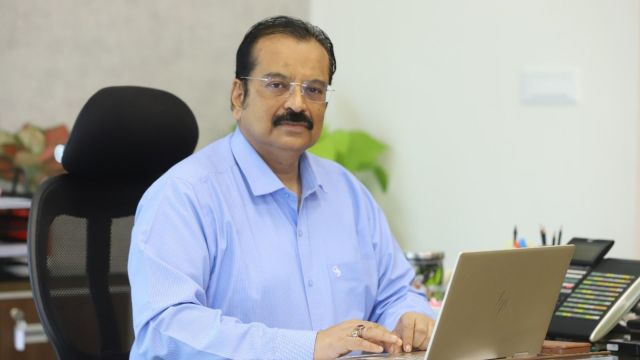The long-pending Regional Rapid Transit System (RRTS) corridors between Delhi and Rajasthan’s Alwar and the Capital and Haryana’s Panipat would be sanctioned this year, National Capital Region Transport Corporation (NCRTC) Managing Director Shalabh Goel has said.

Fifty-five km of the 82-km track of the Delhi-Meerut corridor is already operational. The remaining 27-km track would be operational by June, Goel said, adding that the project will be completed without time and cost overruns.
At a total cost of Rs 30,274 crore, the Cabinet approved the Delhi-Meerut corridor — the first RRTS project in the country — in 2019. Of the total cost, Rs 5,634 crore was in central assistance in the form of grants and subordinate debt.
Asked about the Alwar and Panipat corridors, Goel said: “I’m sure that they would get sanctioned this year.”
In February 2023, the then-housing and urban affairs minister, Hardeep Puri, had told the Rajya Sabha that the Delhi government had not agreed to the Delhi-Alwar and Delhi-Panipat corridors at the time.
Asked if things would speed up with the Bharatiya Janata Party (BJP) coming to power in the Capital, Goel said the NCRTC worked through the Ministry and had a “smooth” relationship with the Delhi government, which would be “smoother” now.
Story continues below this ad
“There aren’t any roadblocks as such. There have been several iterations of the DPR (detailed project report). It is a part of the planning process. Soon, we are going to finalise the DPRs. Once that is done, we hope the project is going to get sanctioned very soon,” he said.
Goel added that the NCRTC has been in talks with the states to have the RRTS and Metro stations closer, to have multi-modal integration.
Drawing on lessons from the Meerut corridor project, he said, the two new corridors would have a less “per unit cost”.
“We have done some economisation as compared to Meerut (project). We have brought down the cost. We have done a lot of value engineering,” he asserted.
Story continues below this ad
The NCRTC could do for regional transit, Goel underlined, what the Delhi Metro Rail Corporation (DMRC) had done for Metro in the country, working as a consultant on studies and DPRs for other cities.
“We have not approached states on our own so far because our mandate is to do such work in Delhi-NCR as per the legal framework for NCRTC. But there is thinking that if NCRTC may be assigned the role of what DMRC has done… Signs have been very positive, and some of the states have been wanting to talk to us. They have visited us,” he said.
The Namo Bharat trains on the Meerut corridor have a daily ridership of 40,000 to 41,000 as of now. Once the three corridors are complete, the projected total ridership is estimated to be 8 lakh, according to the NCRTC MD.
The integration of the RRTS with Meerut Metro saved about Rs 6,500 crore, Goel underlined.
Story continues below this ad
In addition, he said, NCRTC had been involved with the new Meerut master plan.
“If we are able to succeed in Uttar Pradesh, it will become an example for the whole country for planned development… We are not only talking about the transit nodes, but also, for example, we are talking of the shortcomings we have identified along the corridor,” he said.
For instance, he said the NCRTC had identified issues with drainage and water supply in a 1-km radius of its stations and shared the same with Meerut and Ghaziabad authorities.









